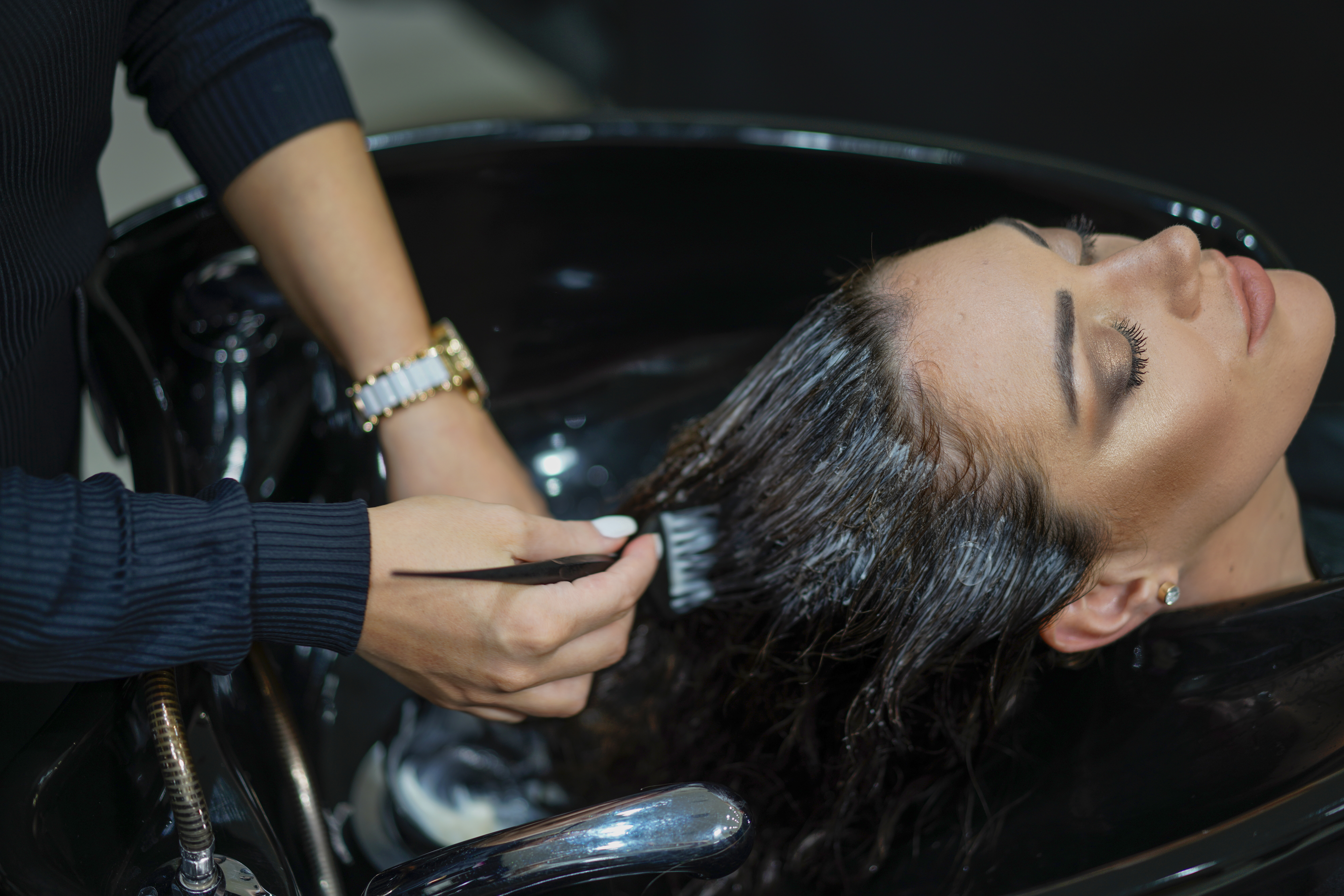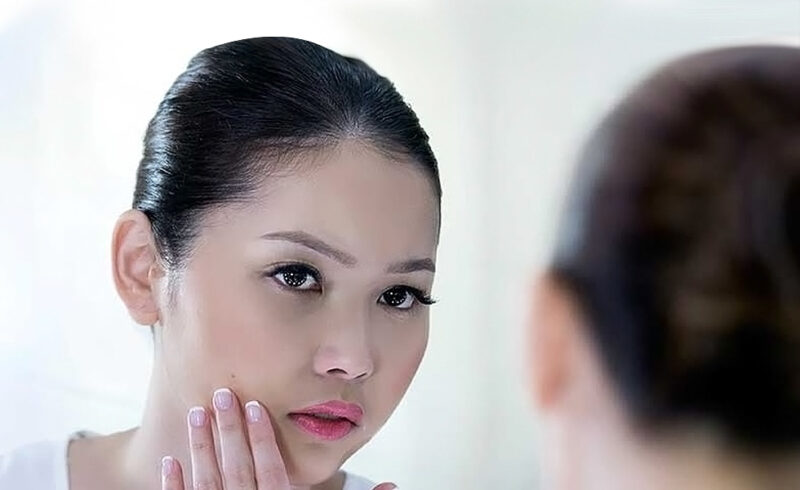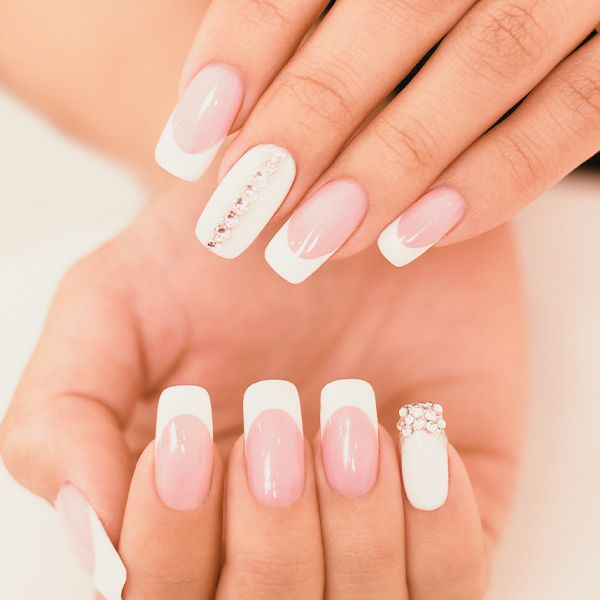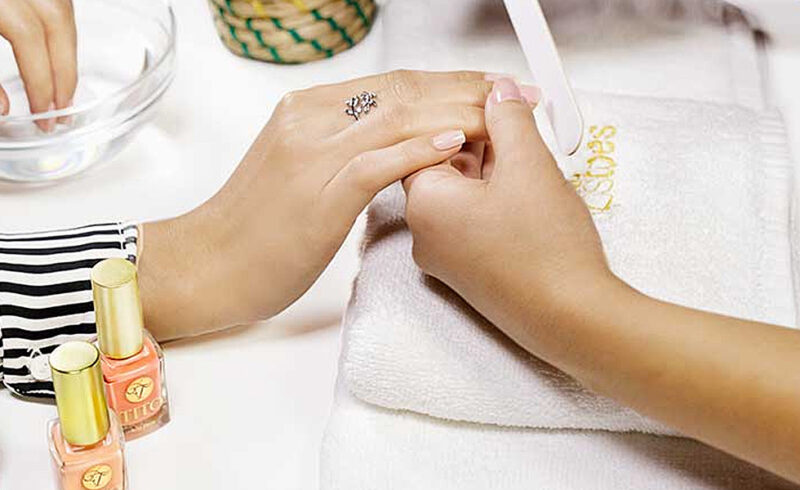If your hair feels dry, brittle, or lacks its natural shine, a protein treatment for hair might be the solution you’re searching for. Designed to restore damaged hair and infuse it with strength and vitality, protein treatments provide essential proteins that help rejuvenate and rebuild your hair’s structure. Whether you’re dealing with breakage, frizz, or hair that’s simply lacking life, protein treatment for hair can be the go-to remedy for restoring your hair’s health and beauty.
In this comprehensive guide, we will explore the different types of protein treatments for hair, the benefits they offer, and how you can use them at home or in a salon setting. By the end, you’ll understand why protein treatment for hair is a must-have in your hair care routine.
What is Protein Treatment for Hair?
A protein treatment for hair involves the application of products that contain protein-rich ingredients designed to strengthen and repair your hair. Hair is made up of a protein called keratin, which gives it its strength and structure. Over time, factors like excessive heat styling, exposure to harsh chemicals, and environmental pollutants can cause your hair to lose its natural protein. This leads to weak, brittle, and damaged strands that are prone to breakage.
Protein treatments work by filling in the gaps in your hair’s cuticle, repairing the damaged areas and restoring the hair’s natural structure. By replenishing lost proteins, a protein treatment for hair helps restore strength, elasticity, and shine, leaving your hair healthier and more resilient. Depending on your specific hair needs, there are several types of protein treatments that target different concerns, from repairing split ends to enhancing shine and smoothness.
If you’re looking for professional care to restore your hair’s strength and shine, visit the best hair salon in Dubai to explore expert protein treatments and other hair services tailored to your needs.
Why is Protein Treatment Important for Hair Health?
Protein is an essential component of healthy hair, playing a crucial role in maintaining its structure and strength. When your hair lacks protein, it can become weak, lifeless, and more prone to breakage. This is where a protein treatment for hair becomes invaluable. By providing the necessary proteins, a treatment can:
- Repair damaged hair: Protein treatments work to rebuild and fortify hair strands that have been weakened by heat, chemicals, or environmental factors.
- Improve elasticity: Healthy hair has elasticity, allowing it to stretch without breaking. Protein treatments help restore this elasticity, reducing the risk of breakage.
- Strengthen hair fibers: The protein in the treatment strengthens the hair shaft, making it less likely to break or split.
- Seal in moisture: Protein treatments also help lock in moisture, improving the hair’s overall hydration and preventing dryness.
By integrating a regular protein treatment for hair into your routine, you’re providing your hair with the structural support it needs to remain strong, shiny, and healthy.
Types of Protein Treatments for Hair
There are various types of protein treatments for hair, each designed to target specific hair concerns and needs. Here’s an overview of the most common protein treatments:
- Keratin Treatment: A popular option for smoothing frizzy, unruly hair. Keratin treatments infuse the hair with keratin, a key protein that smooths the hair cuticle, resulting in smoother, shinier, and more manageable hair. Keratin treatments are great for people with frizzy, curly, or damaged hair who are looking to achieve a sleeker, more polished look.
- Collagen Treatment: Collagen is another protein that is commonly used in hair treatments. Collagen helps improve hair’s elasticity and strength, making it more flexible and resistant to breakage. This type of treatment is ideal for those with fine or thinning hair, as it can add volume and density.
- Silk Protein Treatment: Silk proteins are lightweight and known for their ability to add moisture and softness to hair. This type of protein treatment is excellent for those with dry, brittle hair, as it deeply hydrates while improving texture and manageability.
- Hydrolyzed Wheat Protein: This protein penetrates the hair shaft and helps to repair damage from the inside out. Hydrolyzed wheat protein is especially beneficial for those with severely damaged hair from colouring, bleaching, or excessive heat styling.
No matter your hair type, there’s a protein treatment for hair that can cater to your specific needs, ensuring your hair gets the care it deserves.
Benefits of Protein Treatment for Hair
The benefits of a protein treatment for hair extend far beyond simple damage control. Whether you’re dealing with colour damage, split ends, or just want to enhance the overall health and look of your hair, protein treatments provide a wide range of benefits, including:
- Strengthened Hair: By reinforcing the hair shaft with protein, treatments make your hair less prone to breakage and split ends. This is especially helpful for those who frequently use heat tools or undergo chemical treatments.
- Improved Elasticity: Protein treatments restore the hair’s elasticity, ensuring it can stretch and bend without snapping. This is particularly beneficial for people with curly or textured hair, which can be more prone to breakage.
- Frizz Reduction: Protein treatments smooth the hair cuticle, reducing frizz and giving hair a sleeker, more polished appearance.
- Damage Protection: By creating a protective layer around the hair shaft, protein treatments shield the hair from further damage caused by heat styling, chemical treatments, or environmental exposure.
- Enhanced Shine and Smoothness: Protein-infused hair is smoother, shinier, and more manageable, giving you a healthy, polished look that lasts.
For a complete beauty experience, consider complementing your hair care routine with other salon services like eyelash extensions in Dubai for a stunning look.
How to Apply Protein Treatment for Hair at Home
While professional protein treatments offer intense results, you can achieve excellent results at home with the right approach. Here’s a step-by-step guide on how to do a protein treatment for hair from the comfort of your home:
- Start with clean hair: Wash your hair with a clarifying shampoo to remove any product buildup, dirt, and oil. This will help the protein treatment penetrate better.
- Apply the protein mask: After shampooing, apply your protein treatment or mask generously, ensuring even coverage from the roots to the tips. Use your fingers or a wide-tooth comb to distribute the product evenly.
- Use heat for better absorption: Cover your hair with a shower cap and apply heat using a blow dryer or a heat cap. Heat helps the protein penetrate deeper into the hair shaft, making the treatment more effective.
- Leave the treatment on: Follow the instructions on the product for how long to leave the treatment in your hair. This usually ranges from 30 minutes to an hour.
- Rinse thoroughly: Rinse the treatment out with cool or lukewarm water to lock in the moisture and seal the hair cuticle.
- Moisturize: Protein treatments can sometimes make hair feel stiff, so follow up with a deep conditioning treatment or a leave-in conditioner to restore softness and hydration.
By following this routine, you can enjoy the benefits of a protein treatment for hair without the salon price tag.
Side Effects of Overdoing Protein Treatments
While protein treatments for hair are incredibly beneficial, it’s important to avoid overdoing them. Too much protein can lead to protein overload, which can cause the hair to become dry, brittle, and prone to breakage. Signs of protein overload include:
- Stiff or straw-like texture
- Increased breakage and shedding
- Hair that feels dry or rough to the touch
To prevent these side effects, balance your protein treatment for hair with moisturizing treatments. A good rule of thumb is to use a protein treatment every 4-6 weeks, depending on your hair’s condition and needs.
Conclusion
Incorporating a protein treatment for hair into your hair care routine can provide long-lasting benefits, from strengthening and repairing damaged strands to reducing frizz and enhancing shine. Whether you opt for a professional treatment or a DIY option, protein treatments are a vital step in ensuring your hair remains healthy, resilient, and beautiful.
While focusing on your hair, why not enhance your overall beauty experience with luxurious nail extensions for a polished, stylish look?
About Tips and Toes
Ready to give your hair the care it deserves? Visit Tips and Toes for professional protein treatments that leave your hair feeling soft, strong, and radiant. With over 40 branches across four Emirates, Tips and Toes offers luxurious hair services designed to restore your hair’s health and beauty. Book your appointment today and experience the difference that expert care can make!
Note: Read Our Latest Blogs:
Brazilian Protein Hair Treatment | Protein Treatment for Hair Side Effects | Foot Massage Benefits | Protein Treatment for Hair in Salon | Protein Treatment for Hair Benefits | Types of Eyelash Extensions
Frequently Asked Questions
Q1. What is the best protein treatment for damaged hair?
Keratin treatments are often the best for severely damaged hair, as they deeply penetrate and repair the hair structure.
Q2. Can I do a protein treatment at home?
Yes, many protein treatments are available for at-home use. Just be sure to follow the instructions carefully to avoid overloading your hair with protein.
Q3. How often should I apply a protein treatment for hair?
Typically, a protein treatment should be done every 4-6 weeks, but it depends on your hair type and condition.
Q4. Will protein treatments repair split ends?
Protein treatments can help strengthen and smooth split ends, but trimming is the only way to get rid of them completely.
Q5. What is the difference between protein and keratin treatments?
Keratin is a specific type of protein. Keratin treatments primarily focus on smoothing the hair, while other protein treatments may focus more on repairing damage.
Q6. Can protein treatments cause hair loss?
No, protein treatments typically do not cause hair loss. However, overuse can lead to dryness and breakage, so it’s important to use them appropriately.
Q7. Can I colour my hair after a protein treatment?
Yes, but it’s recommended to wait about two weeks after a protein treatment before colouring to avoid damage.
Q8. Is protein treatment safe for all hair types?
Yes, protein treatments are generally safe for all hair types, but those with fine or fragile hair should avoid using them too frequently to prevent overload.
 KSA
KSA





